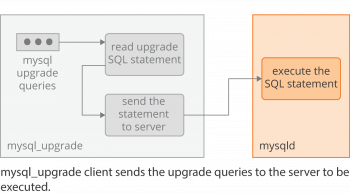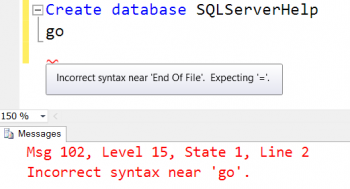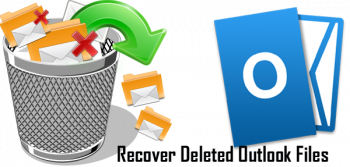Install Pandoc on Linux Mint 20 - Complete Procedure ?
This article covers the installation procedure of Pandoc on a Linux Mint 20 machine. This tool can be utilized to design a wide range of different documents.
To check Pandoc Version, simply run the below command:
$ pandoc -vTo Update System and Install Pandoc, simply run the following command:
$ sudo apt-get update && sudo apt-get install pandoc
Install OwnCloud on Rocky Linux 8 - A step by step guide ?
This article covers how to successfully install OwnCloud on Rocky Linux 8. In fact, OwnCloud is an open source project that can be installed on your server to securely store and access files. Also allows you to share and collaborate contents that lets teams work on data easily from anywhere, on any device. With the support of a lot of plugins, Nextcloud becomes such a Collaboration software. You can install plugins for project management, video conferencing, collaborative editing, note-taking, email client, etc.
To Open port 80 in firewall, use the following command:
$ firewall-cmd --zone=public --add-port=80/tcp --permanent
$ firewall-cmd --reloadHow to Install Apache or httpd web server on the Rocky Linux server ?
1. Simply Execute the dnf command below to install the httpd web server:
$ sudo dnf install httpdType "y" and press "Enter" to confirm and install httpd packages.
2. Now, enable and start the httpd service using the following command:
$ sudo systemctl enable httpd
$ sudo systemctl start httpdThe "systemctl enable" command will enable the service to start at every boot.
3. Finally, run the command below to verify the httpd service:
$ sudo systemctl status httpd
Install GParted on Linux Mint 20 - A step by step guide ?
This article covers methods to install GParted on a Linux Mint 20 system. In fact, GParted is an open-source GUI-based disk partition editor originally developed for Linux GNOME Desktop. It allows you to create, resize, copy and paste, move, and repair disk partitions using easy-to-use GUI. Also it supports many filesystems including btrfs, ext2/ext3/ext4, fat16/fat32, lvm2, ntfs and xfs, and a variety of storage devices such as SATA/IDE/SCSI, Flash memory, SSD and RAID.
How to Install Gparted on Debian, Ubuntu or Linux Mint ?
Gparted is part of the base repositories on Debian-based Linux, so apt-get will do the job:
$ sudo apt-get install gparted
GParted enables you to easily manage your disk partitions:
- Create partition tables, (e.g., msdos or gpt).
- Create, move, copy, resize, check, label, set new UUID, and delete partitions.
- Enable and disable partition flags, (e.g., boot or hidden).
- Align partitions to mebibyte (MiB) or traditional cylinder boundaries.
- Attempt data rescue from lost partitions.
Install Juju on Ubuntu 20.04 - Step by step process ?
This article covers the Installation procedure of Juju client on the Linux system Ubuntu 20.04. In fact, Juju is a service-modeling tool for Ubuntu. Connect it to any cloud service, model your application, and press deploy—done. Juju takes care of lower-level configuration, deployments, and scaling, and even monitors your services.
Juju Components includes:
- Charmed Operator Lifecycle Manager – This is an Orchestration and management system.
- Charmed Operator Software Development Kit – This is a set of tools for creating and packaging operators.
- Juju as a Service(jaas) – Managed juju service by canonical for enterprise customers.
- Charmhub – This is a repository hosting re-usable charms
What is Localhost ?
This article covers what localhost is as well as 127.0.0.1/loopback. In fact, Developers use the localhost to test web applications and programs. Network administrators use the loopback to test network connections. Another use for the localhost is the hosts file, where you can use the loopback to block malicious websites.
Install "exa" on Linux Mint 20 - Best Method ?
This article covers how to install "exa" on your system and use it as a replacement for the "ls" command in Linux Mint 20. In fact, exa is a modern replacement for the venerable file-listing command-line program ls that ships with Unix and Linux operating systems, giving it more features and better defaults. It uses colours to distinguish file types and metadata. It knows about symlinks, extended attributes, and Git. And it’s small, fast, and just one single binary. Using this modern tool will simply allow you to visualize your files and directories in Linux in a much better way.















